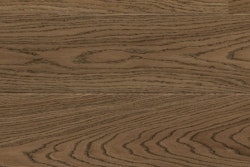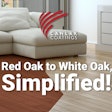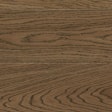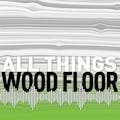The final rule for the United States Environmental Protection Agency’s Formaldehyde Standards for Composite Wood Products Act was published in the Federal Register Dec. 12, and its contents are “consistent with industry’s commitment to safety,” according to the American Wood Council.
The rule, released as a pre-publication version July 27, states that all composite wood products, including engineered and laminate flooring, sold, supplied, offered for sale, manufactured or imported into the U.S. must meet formaldehyde emissions standards.
“Formaldehyde is one of the most comprehensively studied and regulated chemicals in the world,” the AWC said in a statement. “This rule will help Americans feel confident that all composite wood products manufactured in the United States meet the same safe formaldehyde emissions standards.”
The standards are as follows: hardwood plywood (including engineered wood flooring), 0.05 ppm; particleboard, 0.09 ppm; MDF, 0.11 ppm; and thin MDF, 0.13 ppm. Composite wood products within the standards will receive a TSCA Title VI compliant label as proof.
The requirements in the rule go into effect Dec. 12, 2017, one year after publication in the Federal Register.
Read more about the EPA regulations in these posts on the Wood Floor Business Green Blog:
Proposed EPA Regulations Impact Engineered Wood Flooring






















